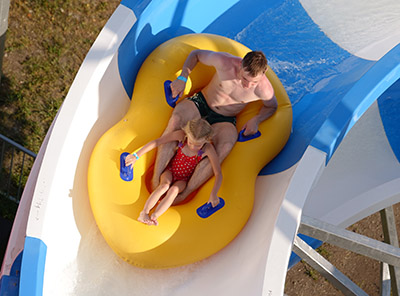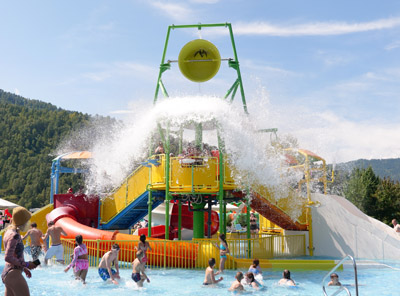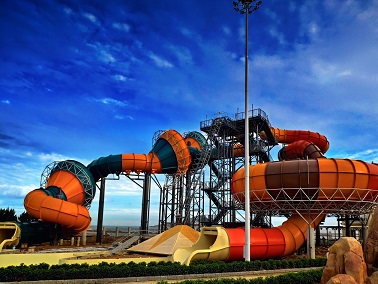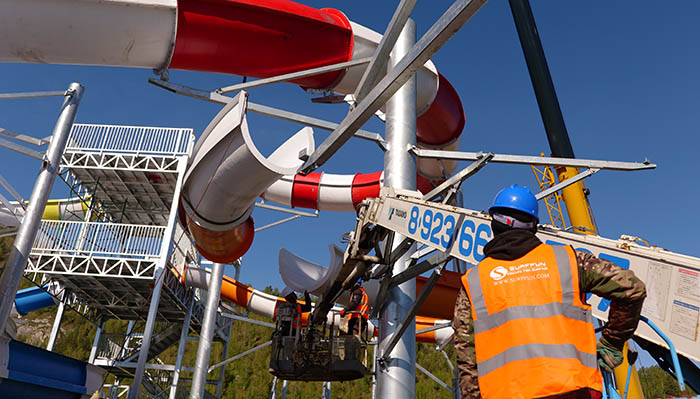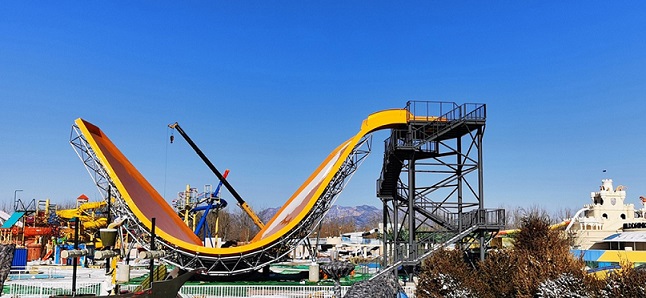
The design method of integrating natural landscapes in water parks
Integrating Natural Landscapes into Water Park Design: Strategies for Harmonious and Immersive Experiences Water parks that blend seamlessly with their natural surroundings offer visitors a unique escape, combining the thrill of aquatic attractions with the tranquility of outdoor environments. This approach not only enhances aesthetic appeal but also promotes sustainability and ecological awareness. By leveraging local topography, vegetation, and water sources, designers can create spaces that feel like an extension of the natural world rather than an imposition upon it. Leveraging Existing Topography and Geological FeaturesOne of the most effective ways to integrate natural landscapes is by working with the

